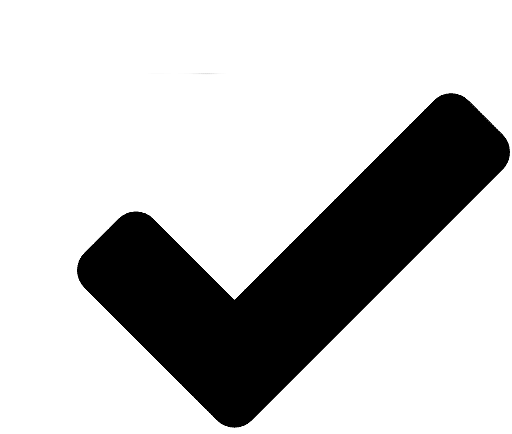
This classic book, first published in 1919, is one of the most important
works of Egyptology, and is of great significance to art historians,
aestheticians, and psychologists working in related fields. In the
ground-breaking study Heinrich Schäfer set out to analyse and elucidate
the representational conventions of Egyptian two-dimensional art, and to
explain how they differ from Western conventions that have perspective
at their core. He showed that Egyptian representation is based more on
mental processing than on direct perception, and that the aim of
Egyptian artists was to depict an object as it really is, rather than as
it appears to be. Egyptian approaches to representing space were also
conditioned by this aim. The author extended this fundamental insight to
cover almost all apparent anomalies in the Egyptian rendering of nature.
His conclusions can be compared with analyses by psychologists that are
based on the very different area study of children's drawings. The
observations of Schäfer and other art historians, and those of
psychologists, have led to a characterization of polar tendencies in
pictorial representation that might be termed 'conceptual' and
'perceptual'. Schäfer extended his conclusions, which were based on
painting and relief, to encompass statuary, as well as providing a
concluding synthesis.
The present book, based on the fourth
German edition of 1963, edited after the author's death by Emma
Brunner-Traut, was first published in 1974. In the course of translating
it, John Baines, who is Professor of Egyptology in the University of
Oxford, revised the text and illustrations to take account of recent
research. This reprint incorporates numerous additions and some
corrections, keeping the book abreast of work in the field.


 Français
Français Ajouter au panier
Ajouter au panier
